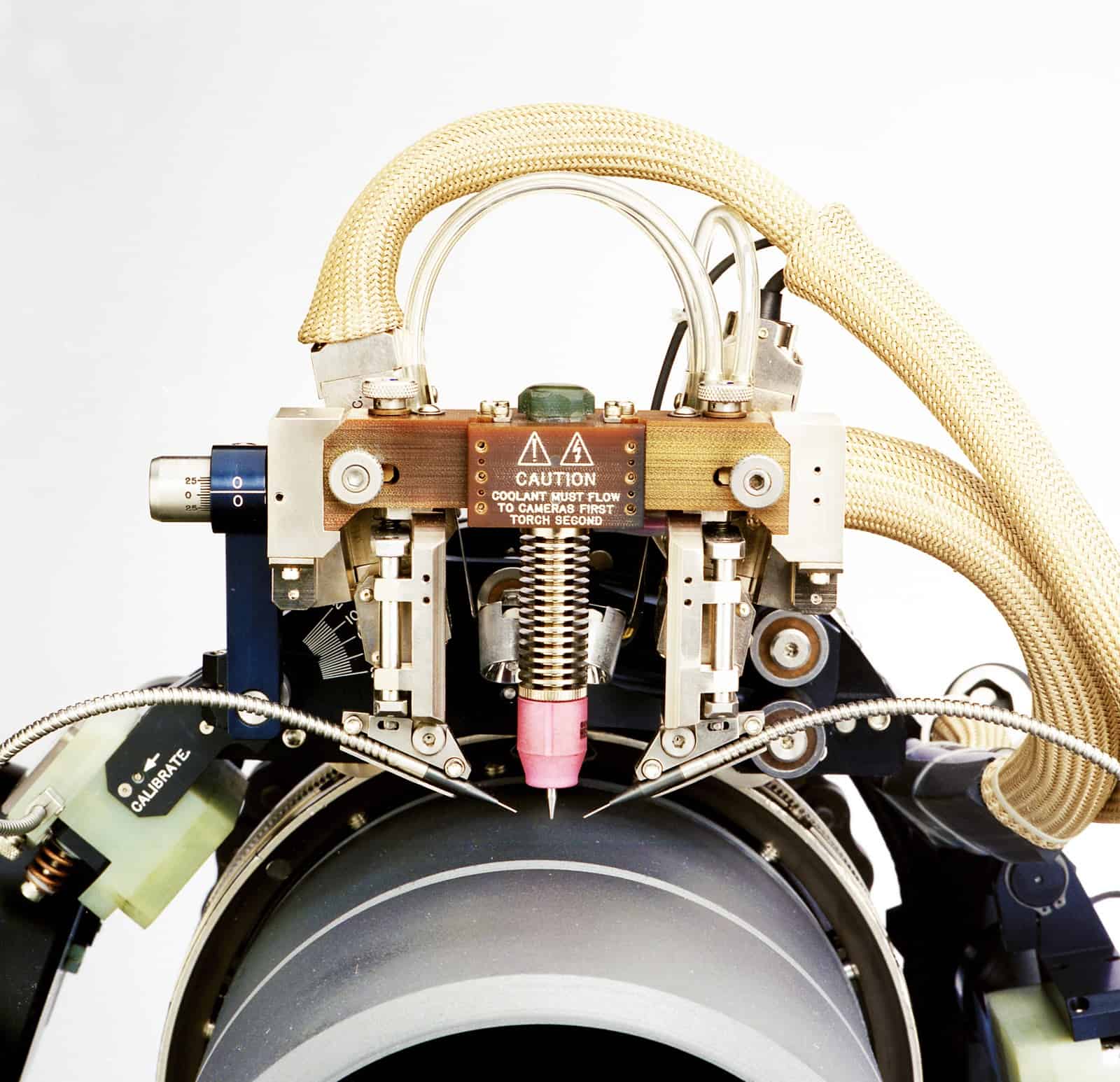Just as it has been for thousands of years, the ability to create lasting bonds between metal structures is an invaluable occupation. Although there is currently a shortage of welders, welding is as indispensable today as it has ever been. In fact, it is likely more important today, as welding applications include semiconductor manufacturing, pharmaceutical processing, large-scale food production and packaging, energy generation, and many other areas that support modern life. And all of these applications share a need for orbital welding.
Orbital welding was developed to address some of the challenges inherent in manual arc welding, such as physical dexterity requirements, inconsistent welds, and safety hazards that include toxic fume clouds. Orbital welding offers an automated process for bonding pipes and tubes during which the electrodes that create the work area—weld puddle and coverage—are rotated continuously around the outer surface of the workpiece. Several techniques may be used to perform orbital welding; however, you’ll attain optimal results by relying on the best process, equipment, and materials for your project.


